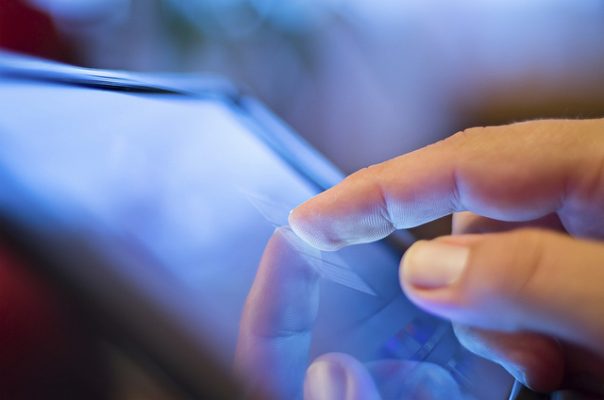Touchscreen News
How to Improve the Accuracy of Your Touchscreen Device
It’s frustrating (to say the least) when you press a digital key on your touchscreen device and not have the key press registered. Unlike desktop computers and laptops, touchscreens are reliant on the touchscreen interface. If it fails to register key presses — or if it registers the wrong key presses — it’s simply not going to be of any use to the operator. So, what are some steps that you can take to improve the accuracy of your touchscreen device?
Don’t Wear Gloves
Let me rephrase that: don’t wear normal gloves when operating a touchscreen tablet or device. Why is this a problem? Well, the vast majority of touchscreen devices today feature capacitive technology. Capacitive touchscreen registers touch by measuring the electrostatic field produced by the operator’s touch. The human body is an excellent conductor of electricity, so when you press your finger against the surface of a capacitive device, it will measure this electricity to determine where the touch occurred. If you wear a pair of standard gloves, it will block your body’s electrical charge; thus, preventing the device from registering your touch.
Note: there are special “touchscreen gloves” that feature conductive tips. Wearing these gloves should allow you to operate a capacitive touchscreen device without error.
Keep the Surface Clean
Touchscreen devices will inevitably develop some fingerprint smudges and dirt over time. The good news is that it shouldn’t harm the components of the device thanks to its oleophobic coating. The bad news, however, is that it can decrease the accuracy of your device. As fingerprints and grime begin to accumulate on the surface of your touchscreen device, it may prevent the device from registering your touch. Most touchscreen devices can be cleaned using a lint-free microfiber cloth. And for severely dirty touchscreens, use a special LCD cleaning wipe (sold at most electronics stores).
Avoid Moisture
We’ve talked about this before on the En-Touch blog, but it’s worth mentioning again that exposure to moisture may negatively impact the accuracy of a touchscreen device. While most users probably don’t intend to operate a touchscreen device in the pouring rain, moisture may still get on a device by the operator’s sweat. This is why it’s important to keep your hands dry when operating a touchscreen device. And if you notice moisture on the device, dry it a timely manner. Following these simple steps will go a long ways in improving the accuracy of your device.

